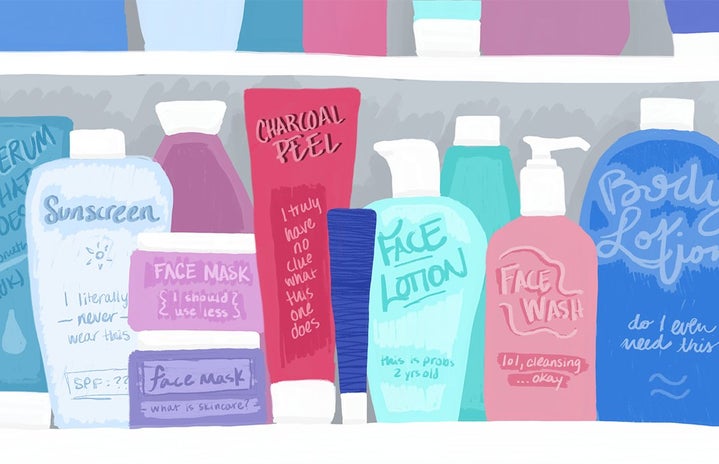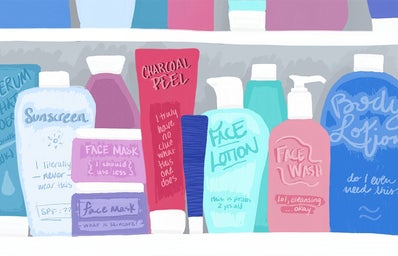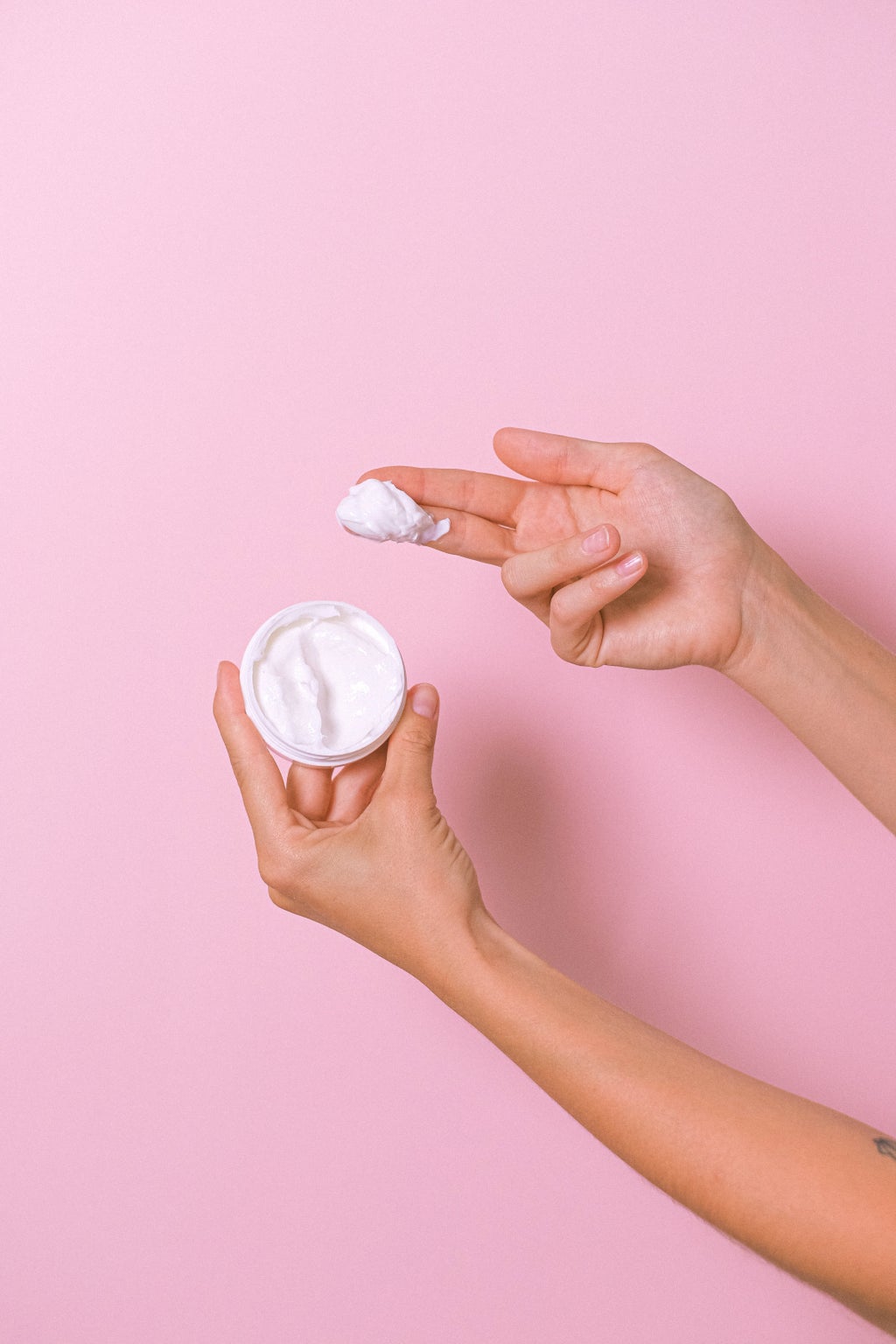Part of the college experience is balancing schoolwork, a social life, and a budget all at once. For many of us, skincare is a part of self-care, and being on a tight budget doesn’t mean our skin should be neglected. It can be hard to tell which skincare products are actually worth it and which are just marketed well. As we walk down store aisles, we see terms like ‘clean’ and ‘non-comedogenic,’ but what do they really mean?
Understanding Common Skincare Ingredients
Before spending your money on the latest beauty drop, it’s important to know what the ingredients actually do. Here’s a breakdown of some common skincare ingredients.
- Hyaluronic Acid: This ingredient can hold up to 1,000 times its weight in water, making it perfect for keeping your skin plump and moisturized. The best part? It’s usually affordable and works for all skin types. Worth adding to your routine—look for it in serums and moisturizers!
- Retinol: This ingredient, derived from Vitamin A, is all about boosting cell turnover. It helps smooth out fine lines, improve skin texture, and even out your complexion. It’s one of the most researched anti-aging ingredients, and for good reason! While it’s worth the investment, start slow—retinol can be intense for beginners.
- Salicylic Acid: Acne-prone? Sebaceous filaments? This beta-hydroxy acid (BHA) exfoliates and goes deep into your pores to clear out oil. It’s a game-changer for anyone dealing with breakouts or clogged pores who wants to keep their skin clear. Just be sure to use it sparingly—only a few times a week or as much as your skin can handle.
Buzzwords to Look Out For
Now that you’re familiar with ingredients, let’s get into some common skincare marketing terms that can be confusing—and sometimes misleading.
- Non-Comedogenic: If you’re worried about clogged pores leading to breakouts, look for products labeled “non-comedogenic.” This means they’re formulated to not block your pores. While it’s not guaranteed to stop acne, it’s a safer bet for those with acne-prone or oily skin. (Pro tip: It’s worth considering when shopping for makeup too!)
- Clean: This term usually refers to products made without certain chemicals like parabens or sulfates, but it’s not strictly regulated. Sometimes it’s just a marketing tactic to sell more, so always check the ingredients and do some research! Don’t assume ‘natural’ always means better—synthetic ingredients can sometimes be safer or more effective.
- Fragrance-Free vs. Unscented: These sound similar but actually mean different things! “Fragrance-free” means no added fragrances at all, so it’s usually a safer option for sensitive skin. “Unscented,” on the other hand, might still have fragrances to mask or neutralize odor. If you have sensitive skin, opt for fragrance-free.
What’s Worth the Splurge
With so many options on the market, it’s easy to overspend. Here’s where you should invest and where you can save your money:
splurge
- Serums: These are the hidden gems of your skincare routine, and they tend to have the highest concentration of active ingredients to target specific concerns. Investing in a quality serum can be a game-changer and is worth the noticeable, transformative results with consistent use.
- Sunscreen: If you’re not using sunscreen, all that effort you’re putting into your skincare routine is basically going to waste! Sunscreen is essential for protecting your skin from UV damage, which can cause premature aging, dark spots, and even cancer. Make sure to use a broad-spectrum SPF 30 or higher, even on cloudy days!
save
- Cleansers: These remove dirt, oil, and makeup to keep your skin clean and serve as the foundation of any skincare routine. There are plenty of effective cleansers available at affordable prices! Look for well-formulated drugstore options that match your skin type—whether it’s foaming, cream-based, or oil-based.
- Moisturizers: You don’t need to splurge to keep your skin moisturized! Look for moisturizers with ingredients like hyaluronic acid or glycerin, which offer effective hydration and support a healthy skin barrier. Drugstore brands have many options that deliver results comparable to pricier ones.

Budget-Friendly Skincare
Building a skincare routine that fits your budget as a college student doesn’t mean you have to compromise on quality. Here are a few tips to prevent overspending:
- Look for drugstore brands that offer effective ingredients without the high price tag. Brands like CeraVe and The Ordinary are known for affordable products that deliver results.
- Try multi-tasking products like moisturizers with SPF. These help simplify your routine and save you money in the long run.
- Patch test new products before buying the full size. This prevents wasting money on items that might cause irritation or breakouts.
When it comes to skincare, knowing your ingredients and understanding marketing terms can save you a lot of time and money. By educating yourself on what products and ingredients work best for your skin type, you’ll be better at navigating the skincare aisle and making smarter choices.
Can’t get enough of HC UMass Amherst? Be sure to follow us on Instagram, listen to us on Spotify, like us on Facebook, and read our latest Tweets!




